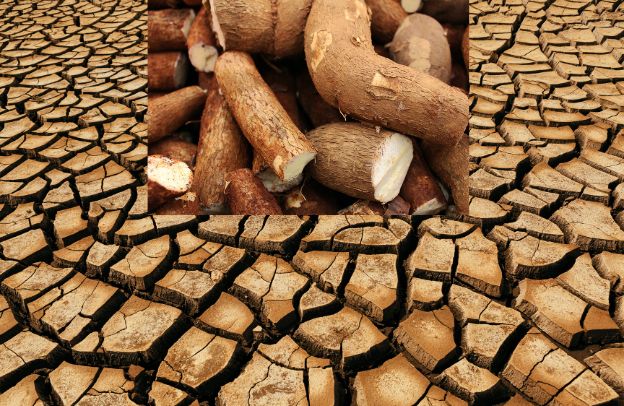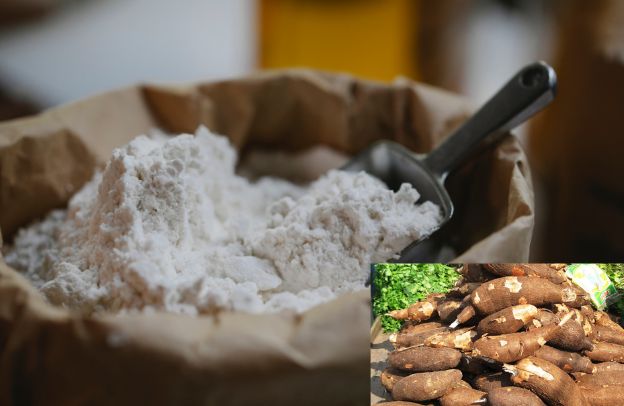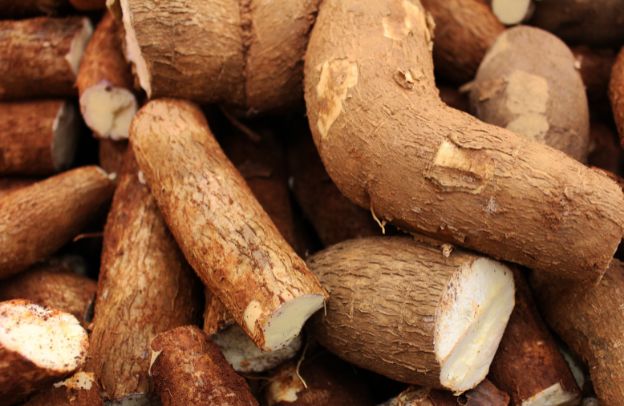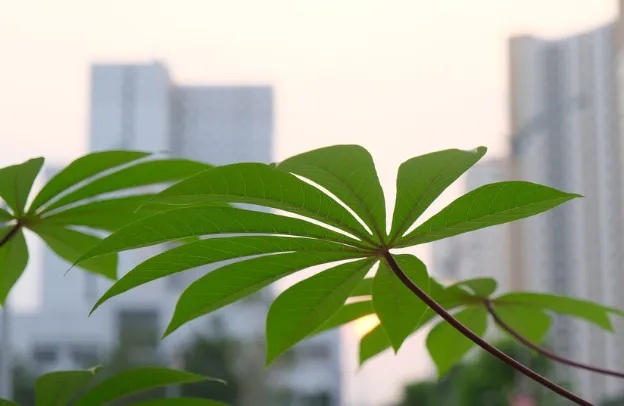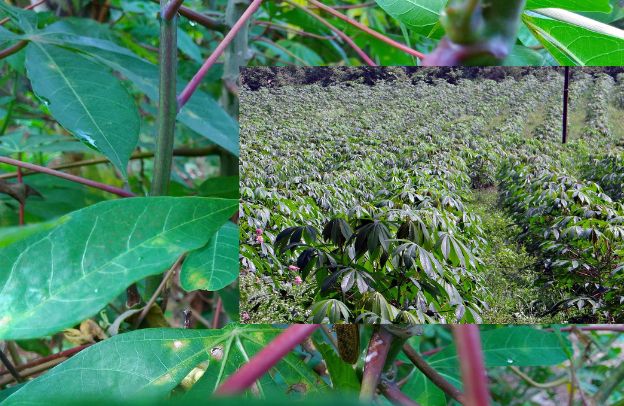Cassava Processing: Unlocking Wealth and Food Security in Nigeria and Africa
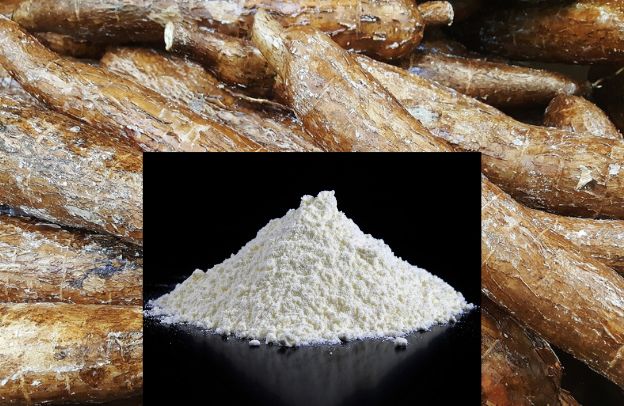
Have you ever considered that the key to Africa’s agricultural revolution could be lying in the soil, waiting to be transformed? What if a single crop, long overshadowed by global staples like wheat and rice, held the potential to drive food security, create millions of jobs, and build wealth across the continent? Cassava, often seen as a subsistence crop, is a multibillion-dollar opportunity waiting for strategic investment.
Learn How to Leverage Your Story through our Story To Asset Transformation (S.A.T) Framework.
For African diaspora entrepreneurs looking to reconnect with the continent through agribusiness, cassava processing offers an entry point into a market rich with potential. Nigeria alone has food security challenges. But how can you, as an investor or entrepreneur, tap into this potential? Let’s explore.
The Foundations of Cassava Processing
Cassava is one of the most widely cultivated crops in Africa, serving as a staple food and a raw material for various industries. However, to transform freshly harvested cassava roots into high-quality finished products, proper processing is essential. The first and most critical steps in this process—peeling and washing—directly impact the final product’s quality, safety, and market value.
Traditional peeling and washing methods, though widely used, are labor-intensive and prone to inefficiencies, leading to significant raw material losses. Modern processing techniques, including mechanized peeling and washing systems, offer higher efficiency, reduced waste, and improved product consistency.
By adopting these innovations, cassava processors can enhance productivity, meet industry standards, and expand market opportunities.
Peeling and Washing: The First Step Toward Quality
Cassava processing begins with two fundamental steps: peeling and washing. These ensure that cassava roots are free from dirt, pesticides, and contaminants before moving to the next stage. Traditional methods involve manual peeling with knives—a labor-intensive process common among small-scale farmers. While cost-effective, manual peeling results in significant wastage and lower yields.
Mechanical peelers, on the other hand, can process up to 3,000 kg of cassava per hour, making them ideal for commercial operations. However, these machines require capital investment and access to electricity, two challenges that many rural processors face.
Entrepreneurs who can bridge this gap by investing in peeling and washing innovations—such as solar-powered peelers—stand to make substantial gains.
See also: The Economic Value Of Cassava Farming In Africa Today
Grating and Fermentation: Enhancing Nutritional and Economic Value
Once peeled and washed, cassava must be grated. Grating increases surface area and speeds up the drying or fermentation process. For small-scale operations, hand graters suffice, but industrial-scale grating machines drastically improve efficiency.
Fermentation plays a critical role in cassava processing, particularly for products like garri and fufu. This process helps to break down cyanogenic glucosides, naturally occurring compounds in cassava that can be toxic if not properly removed. Fermented cassava also has a longer shelf life and enhanced nutritional value, making it a more marketable product.
According to the National Library of Medicine, cassava (Manihot esculenta) is more than just a staple food—it is a highly adaptable crop with significant industrial and economic potential. While it remains a primary food source in many countries, its applications extend far beyond the kitchen, making it a valuable raw material in manufacturing, biotechnology, and renewable energy sectors.
One of cassava’s most promising industrial uses is in the production of biocomposites, biopolymers, and biofibers, where its starch serves as a key component in developing sustainable materials.
Cassava starch can be plasticized, reinforced with fibers, or blended with other polymers, enhancing their strength, flexibility, and durability—a feature that makes it indispensable in packaging, textiles, and biodegradable plastics.
Beyond materials science, cassava is also emerging as a critical resource for renewable energy. Its starch-rich composition makes it an ideal feedstock for bioethanol production, contributing to sustainable fuel alternatives that reduce dependence on fossil fuels.
This growing demand for bio-based energy solutions presents a unique opportunity for entrepreneurs and investors looking to scale up bioethanol production and integrate advanced fermentation technologies.
For those seeking high-profit ventures, investing in controlled temperature fermentation tanks can optimize ethanol yields, ensuring higher-quality output and greater market competitiveness.
With the right investments in processing infrastructure, cassava can continue to be a driving force in global food security, industrial innovation, and the transition to a more sustainable energy future.
See also: The Economic Benefits Of Cassava Cultivation In Nigeria
Drying: Key to Longevity and Export Readiness
Efficient cassava drying is crucial for extending shelf life, reducing postharvest losses, and increasing export potential. While traditional sun-drying remains common, it is highly dependent on weather conditions and prone to contamination.
In contrast, oven drying and machine drying provide consistent quality, faster processing, and improved food safety, making cassava products more marketable both locally and internationally.
According to Nigeria’s Cassava Transformation Agenda, postharvest losses significantly impact food security and economic growth. Research from ResearchGate estimates that halving global food crop losses could feed an additional one billion people, reducing pressure on agricultural production and improving global food supply. Addressing these losses requires investments in modern drying infrastructure and advanced processing technologies.
This presents a strategic opportunity for African diaspora investors to introduce scalable, high efficiency drying solutions that meet export quality standards.
By leveraging innovative drying technologies, investors and agribusiness entrepreneurs can not only boost cassava value chains but also contribute to food security, economic development, and the global demand for high-quality cassava-based products.
Milling: Transforming Cassava into High-Value Products
Milled cassava forms the foundation of multiple end products, including cassava flour, starch, and ethanol. Cassava flour, a gluten-free alternative to wheat, is gaining traction in international markets, especially in the U.S. and Europe, where demand for gluten-free products is rising.
According to Grand View Research, the global gluten-free flour market is projected to reach $9.3 billion by 2028, with cassava flour playing a significant role. (Grand View Research)
For entrepreneurs, the opportunity lies in scaling up cassava milling operations with modern machinery such as hammer mills and roller mills. This ensures finer flour, greater consistency, and compliance with food safety regulations, making Nigerian cassava products competitive on the global stage.
Packaging and Storage: The Final Touch for Market Success
Proper packaging is crucial for maintaining cassava product quality. Inadequate storage leads to spoilage, mold growth, and loss of nutritional value. Vacuum-sealed and moisture-resistant packaging solutions are particularly effective for extending shelf life.
With the African Continental Free Trade Agreement (AfCFTA) aiming to boost intra-African trade, cassava-based products stand to benefit from streamlined logistics and lower trade barriers. Entrepreneurs who invest in high-quality packaging and branding will have a competitive edge in both domestic and export markets.
The Business of Cassava Processing: Challenges and Investment Opportunities
Cassava is more than just a staple crop in Africa—it is a key driver of economic growth and industrial development. As the demand for cassava-based products continues to rise globally, Nigeria, the world’s largest producer, is well-positioned to tap into this lucrative market. However, despite the sector’s vast potential, several challenges hinder its full-scale industrialization, including financial constraints, inadequate infrastructure, and regulatory hurdles.
For entrepreneurs and investors—particularly those in the African diaspora—cassava processing presents a unique opportunity to bridge these gaps. By addressing critical bottlenecks such as financing, technology adoption, and market access, stakeholders can unlock significant value in the cassava value chain.
Bridging Financial Gaps
While the potential for cassava processing is vast, access to financing remains a significant hurdle. Many small and medium-scale processors lack the capital needed for machinery and infrastructure upgrades. This is where African diaspora investors can step in, either through direct investments or partnerships with agricultural cooperatives.
The Nigerian government, through programs like the Anchor Borrowers’ Program, offers funding and incentives to agribusinesses. Additionally, international organizations such as the African Development Bank (AfDB) have committed millions toward cassava value chain improvements. Smart investors should explore these funding avenues to minimize risks and maximize returns.
Government Policies and Market Support
Government policies play a pivotal role in shaping the cassava industry. Nigeria’s push for 10% cassava inclusion in bread flour is a strong policy move that could increase demand for processed cassava. Entrepreneurs who align with such policy-driven opportunities can establish long-term supply contracts with bakeries and food manufacturers.
See also: The Economic Benefits Of Cassava Cultivation In Nigeria
Conclusion: The Future of Cassava Processing in Africa
Cassava is more than just a staple food—it is a pathway to economic transformation. For African diaspora entrepreneurs looking to reconnect with the continent while making a significant impact, investing in cassava processing presents an unparalleled opportunity.
With growing global demand for gluten-free flour, bioethanol, and industrial starch, the cassava industry is on the cusp of a major boom. By leveraging modern processing techniques, adopting scalable business models, and tapping into government incentives, you can play a critical role in revolutionizing Africa’s agribusiness landscape.
The future belongs to those who recognize opportunities before they become obvious. Will you be part of the cassava revolution?
Learn How to Leverage Your Story through our Story To Asset Transformation (S.A.T) Framework.


